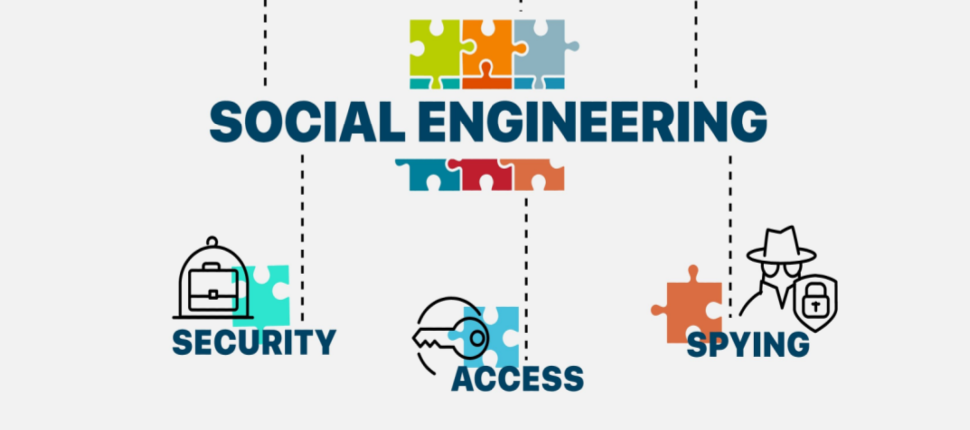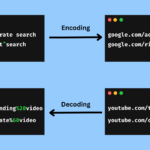“Pretexting,” “baiting,” and “tailgating” are social engineering techniques used by individuals with malicious intent to gain unauthorized access to sensitive information, systems, or physical locations. These tactics rely on manipulation and deception to exploit human vulnerabilities. Here’s an explanation of each technique:
Pretexting
Definition: Pretexting involves creating a fabricated scenario or pretext to obtain information from a target or to gain their trust.
Example: A pretexting attacker might pose as an authority figure, such as a bank official or IT technician, and contact an individual via phone, email, or in person. They create a convincing story (pretext) to request sensitive information, such as account numbers, passwords, or personal details, under the guise of a legitimate need.
Objective: The objective of pretexting is to manipulate the target into divulging confidential information or taking actions that benefit the attacker.
Defense: To defend against pretexting, individuals should verify the identity of anyone requesting sensitive information and refrain from sharing such information without proper verification.
Baiting
Definition: Baiting involves enticing a target into taking a specific action, such as downloading malware or revealing sensitive information, by offering something attractive or tempting.
Example: A baiting attacker might leave an infected USB drive in a public place with a label promising valuable content (e.g., “Employee Bonuses” or “Confidential Payroll Information”). Curious individuals who find the drive may plug it into their computer, unknowingly infecting their system with malware or allowing the attacker to access their data.
Objective: The goal of baiting is to exploit curiosity or desire to access valuable information, ultimately compromising the target’s device or data.
Defense: To defend against baiting, individuals should exercise caution when encountering unfamiliar physical media, emails, or download links and avoid plugging in or clicking on unverified sources.
Tailgating
Definition: Tailgating, also known as “piggybacking,” involves an attacker physically following or accompanying an authorized person into a secure area or building without proper authorization.
Example: An individual without access to a secured office building may wait near the entrance and follow closely behind an authorized employee as they enter using their access card. By doing so, the attacker gains unauthorized access to the facility.
Objective: The objective of tailgating is to exploit trust in physical security measures, such as access card systems or locked doors, to gain entry to restricted areas.
Defense: To prevent tailgating, individuals should be vigilant about who is entering secure areas behind them and report any unauthorized individuals. Access control systems and security protocols should also be enforced and periodically reviewed.
These social engineering techniques rely on manipulating human psychology and behavior to achieve malicious objectives. Awareness, education, and vigilant cybersecurity practices are essential for mitigating the risks associated with pretexting, baiting, and tailgating.





